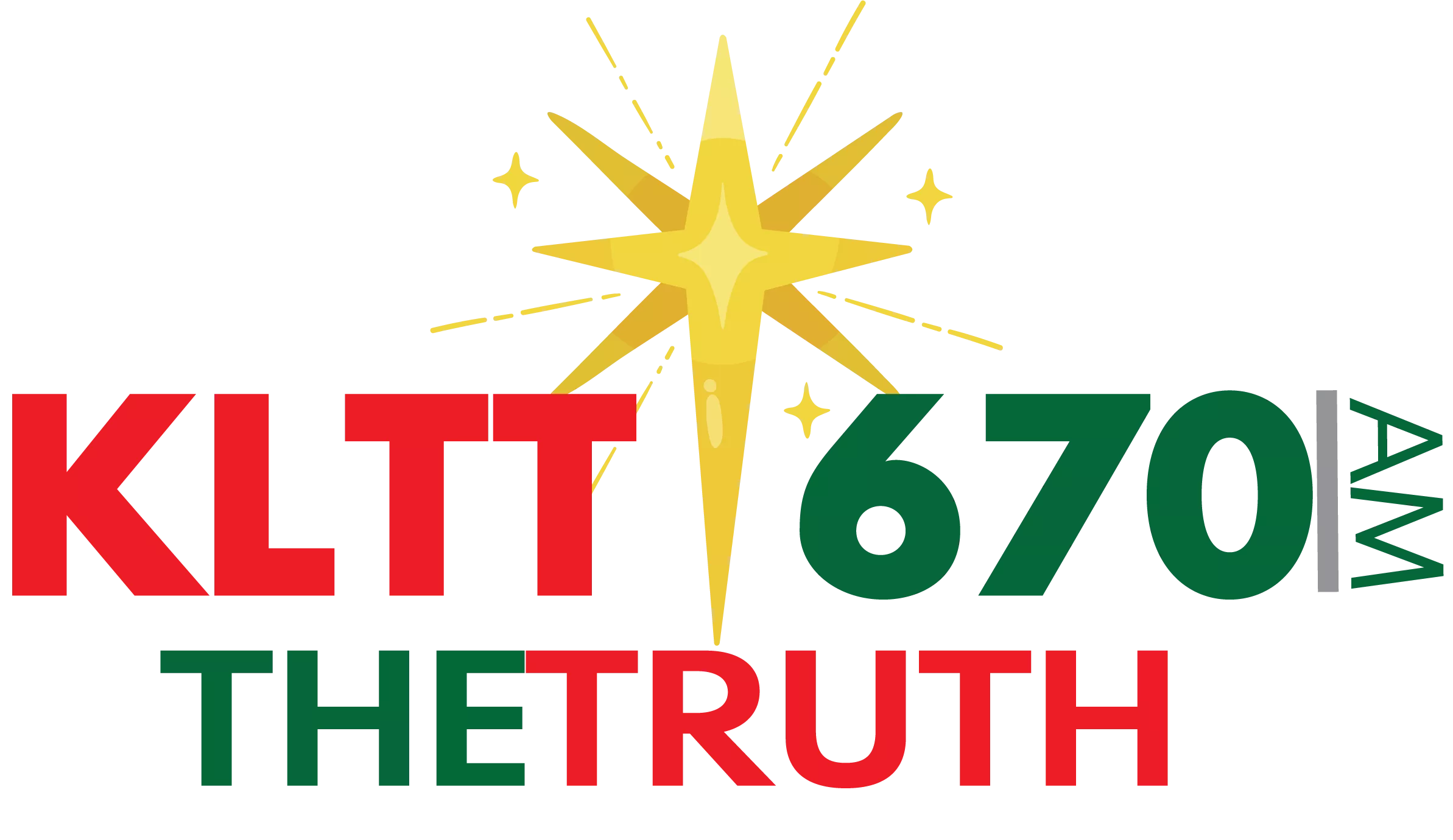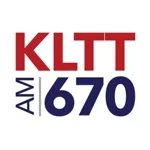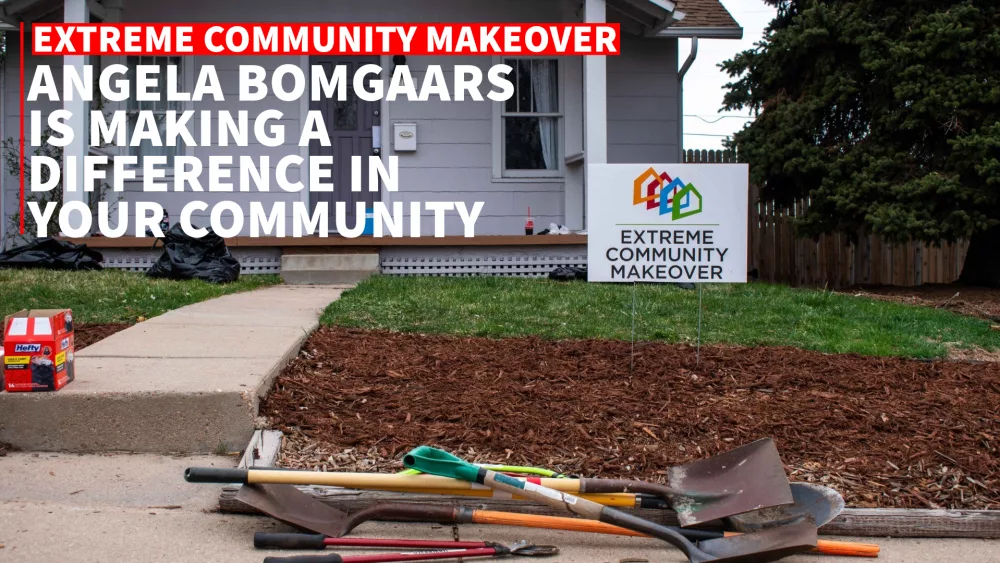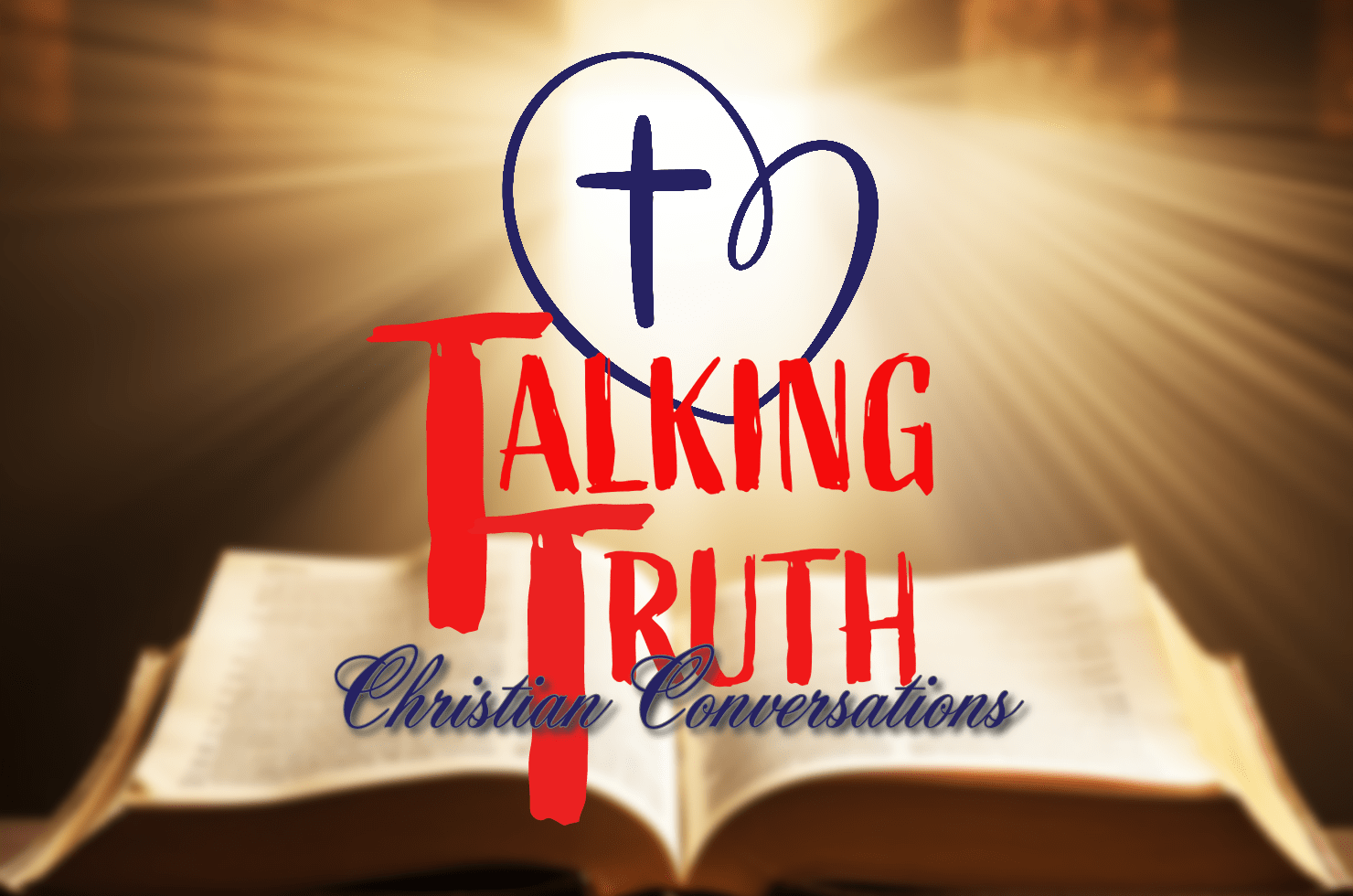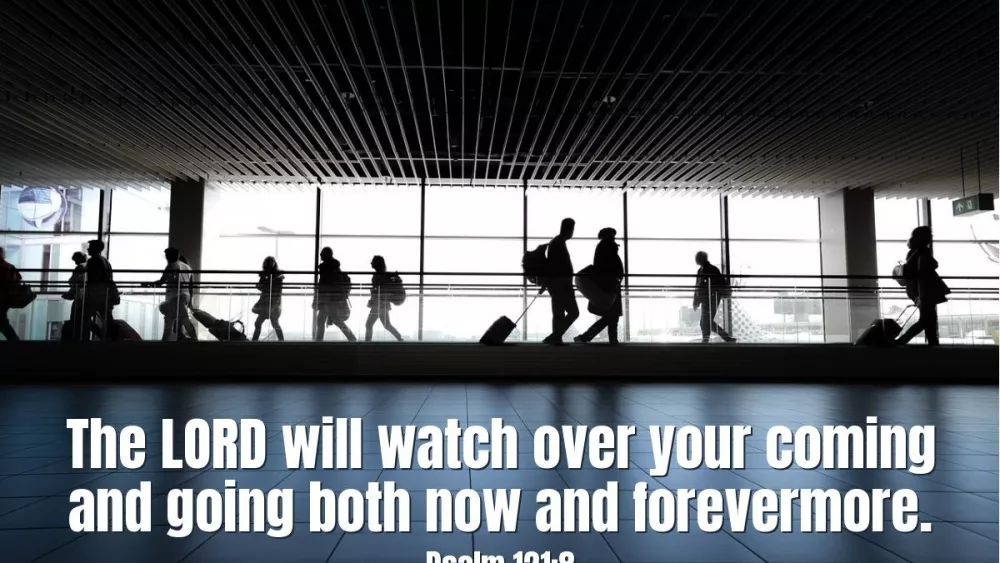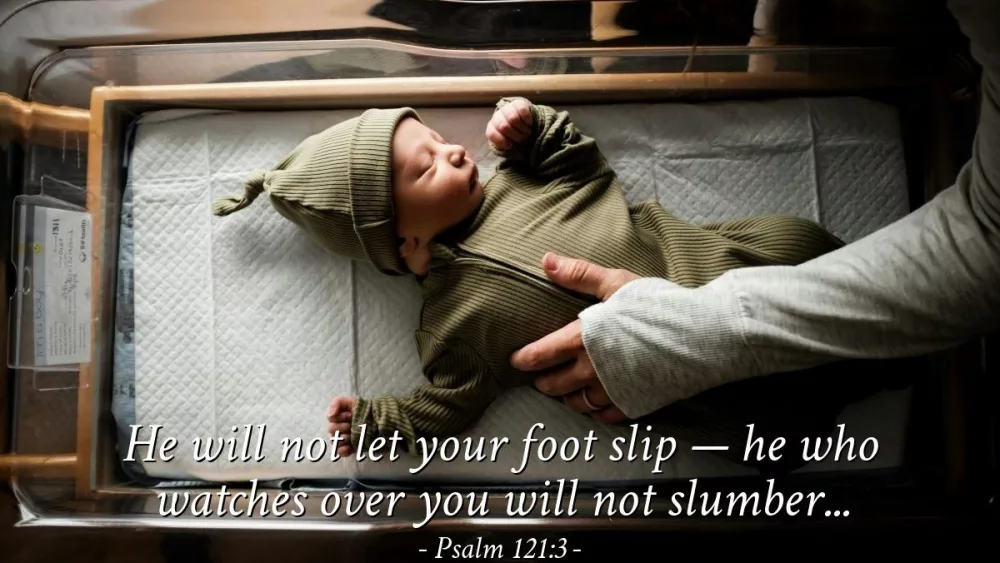 In the heart of Denver, Extreme Community Makeover (ECM) is changing the landscape of neighborhoods through an innovative volunteer-driven approach. Rachel Mains sits down with Angela Bomgaars, a leader who has dedicated nearly two decades to fostering community engagement and transformation. Angela shares how ECM partners with volunteers and residents to embark on neighborhood improvement projects such as yard work, alley cleanups, and graffiti removal, all without the need for professional expertise.
In the heart of Denver, Extreme Community Makeover (ECM) is changing the landscape of neighborhoods through an innovative volunteer-driven approach. Rachel Mains sits down with Angela Bomgaars, a leader who has dedicated nearly two decades to fostering community engagement and transformation. Angela shares how ECM partners with volunteers and residents to embark on neighborhood improvement projects such as yard work, alley cleanups, and graffiti removal, all without the need for professional expertise.
Founded in 2008, ECM emerged from Angela’s vision to address community needs by strengthening connections between neighbors. With a focus on collaboration, Angela emphasizes that the success of ECM lies in its ability to unite people under a shared mission. This partnership extends beyond physical tasks, fostering a sense of camaraderie and shared purpose among volunteers and residents alike.
Angela’s leadership and administrative skills have been instrumental in ECM’s success, garnering thousands of volunteers with minimal marketing efforts. Her approach to nonprofit management highlights the importance of clarity in vision, persistence in the face of challenges, and the unwavering belief in the organization’s mission. For those looking to start their own nonprofit, Angela offers invaluable advice: enlist the help of volunteers, donors, and participants to build a resilient community partnership.
The conversation delves into Angela’s journey with ECM, exploring how her path was not initially planned but serendipitously aligned with her skills and passion. She recounts the joy of witnessing community members eager to contribute and engage, illustrating the broader impact of ECM’s efforts beyond the scope of physical neighborhood improvements.
Angela’s experience in Europe, where she spent a year on a sabbatical, provided her with a fresh perspective on community dynamics. Observing a slower pace of life and a stronger emphasis on communal spaces, she reflects on the potential lessons the U.S. could adopt to foster more meaningful neighborly interactions. This cultural insight reinforces the core mission of ECM: to cultivate community ties and support through simple yet impactful acts of service.
ECM’s success is further bolstered by its ‘extreme teams,’ a unique initiative that matches volunteers’ skills and interests with specific community needs. These teams are crucial to the organization’s operation, offering a structured yet flexible volunteer model that emphasizes both task completion and relationship building. Angela highlights how these teams not only fulfill practical needs but also serve as a platform for volunteers to connect based on shared passions.
As Angela discusses future aspirations for ECM, she envisions expanding the model to other neighborhoods and even states, showcasing its scalability and potential for wider impact. Her dedication and vision continue to inspire those around her, underscoring the transformative power of community-driven initiatives.
Founder of Extreme Community Makeover, Angela Bomgaars, joins Rachel Mains. Extreme Community Makeover takes a neighborhood-based approach to our projects. We believe that being a part of your community is a really important part of life. When we get to know our neighbors and begin to build relationships with them, we start to help and look out for one another and that's part of living together in a shared geographical space. In the busyness of life today, we often don't take time to meet our neighbors, which is why Extreme Community Makeover exists - to build relationships between neighbors and across neighborhoods.
Learn more: https://extremecommunitymakeover.org
SPEAKER 01 :
Welcome. I am Rachel Mainz with Crawford Media Group. And my guest is my friend and, you know, used to be client, if you will, Angela Bomgaars. Angela, welcome to the show. Thanks, Rachel. I appreciate you having me. We've been friends for quite some time, and I just really enjoyed working for you and for Extreme Community Makeover. Angela, for those who don't know about Extreme Community Makeover, what is this nonprofit?
SPEAKER 02 :
Yeah. So with Extreme Community Makeover, we work in specific neighborhoods in Denver with the goal of bringing volunteer groups together. to partner with residents in those neighborhoods to focus on any type of outside home or neighborhood improvement project that is doable with volunteers. So a lot of the projects we work on are things like yard work, painting, trimming bushes, landscaping, fence repair, alley cleanups, graffiti removal, kind of any outside project that doesn't require a permit or professional expertise. And typically how we identify the projects is we adopt a block at a time, just starting conversations with neighbors, letting them know, hey, we'll be in your neighborhood on this day. Here are some of the projects we can help with. And really just asking them, would you be interested in having volunteers to work with you on a project? And so the goal really being how can it be a team effort between both projects? The volunteers and the neighbors, everyone working together, we can get a lot more accomplished, and it's a lot more enjoyable when you can work together with other people side by side.
SPEAKER 01 :
Yeah, absolutely. And I can say this with 100% confidence is that, Angela, you just have the gift of administration. Very well organized. You have the well-running machine. I know at times it doesn't feel like that, but I just got to compliment you on your organizational skills. Well, thank you. I appreciate that. So I consider you an influencer in the nonprofit world. You've been with Extreme Community Maker for many years now. How many years has it been?
SPEAKER 02 :
Oh, man, we started in 2008, so I guess, yeah, 17, 18, however many years that is, so a lot of years.
SPEAKER 01 :
Yeah, and it's a hard thing, I would say. A lot of people have started nonprofits and just haven't had the success that you have had. Others who are listening want to start a nonprofit, and I think you're a good person to speak into that. How do you... How do you get started in a nonprofit? From there, these are big questions, but then how would you say you can be successful in maintaining the nonprofit?
SPEAKER 02 :
Yeah, I think to get started, I feel like you need to have a clear vision of what you're doing and how you can invite people to be involved in it, because especially in the nonprofit space, none of us can do any of this on our own. It requires practice. A variety of folks, whether that is volunteers, donors, participants, a whole range of here's how people can connect with the organization. And I think just being clear and communicating and inviting people to come alongside you and join in the mission is really important in terms of getting started. in terms of continuing over the course of many years, I think persistence and tenacity is also important. I'm just recognizing there's always going to be ups and downs. There's definitely outside factors that you don't have control over, whether that be the economy or things like COVID or just different things like that that happen that are definitely going to impact your organization and what you do and how you do it but also knowing like yeah it just requires continuing to persevere through the ups and downs or the bumps in the road to say like hey the mission is important and how can we you know work through those and maybe even come away with some new ideas or stronger you know program models or things like that that can come out of Having, you know, just different things that challenge you to look at things a little different or think a little different. But at the end of the day, I think, yeah, a lot of it is persistence, tenacity and just being committed to the mission enough to keep going with it and knowing that it's important. You know, there's all kinds of nonprofits that have all kinds of focus areas and the work that nonprofits do is really important and really necessary and looking for ways to, you know, continue to spread the word and the message and invite people to be involved in doing that. Even if you get told no, just doing it again and again.
SPEAKER 01 :
Yeah. Yeah, and you definitely have that tenacity. When did you realize you were called to this nonprofit extreme community makeover?
SPEAKER 02 :
Yeah, that's a good question. I think, you know, how it all started was kind of not planned. It was just here's an idea. Let's kind of give it a go, so to speak, see what happens with it. And, you know, Ideas are a dime a dozen. Some of them stick, some of them don't. The idea for Extreme Community Makeover in the first year that we were doing projects and doing things just kind of seemed to resonate with people, you know, like to the point where after the first year we had had almost 2,000 volunteers, pretty minimal marketing of it, and it just seemed like, okay, people are excited about getting out, serving in their community, and having a real experience. tangible place in which to do that. And I think for me, I wasn't exactly looking to go into a nonprofit space, but I kind of fell into it. And I think to me, that's what's been really neat to see how over the years, like it definitely is a fit for my gifting and what I'm excited about doing. And I feel like, you know, I've gotten to build something unique and something that I believe in and I think is really important along the way, you know, and that to me just kind of, yeah, right place, right time, the pieces fell into place, you know, so to speak, sometimes that works, sometimes it doesn't. But to me, I feel like that's why I also continue to do it because I feel like, yeah, the, the way that I'm wired is very uniquely, it's, it's a good fit for what I am able to do through extreme community makeover and really like, yeah, allows me to see like, yeah, this is what I'm called to do and what I have been given an opportunity to do and thankful for that as well.
SPEAKER 01 :
Yeah, absolutely. Um, how have you seen the Lord, you know, work in this, um, as a nonprofit, but also just in your journey?
SPEAKER 02 :
Yeah, I think, you know, through the organization, I think it's interesting to just see how a lot of times you can't anticipate what is needed. I mean, you can, you know, have strategic plans and you can, you know, have plans. big, bold visions for where you want to go and what you want to do. But at the end of the day, a lot of it is, yeah, it is having faith that the steps of where the organization needs to go will fall into place as they're meant to. And sometimes, you know, we can try and do as much of that as we think we can. And sometimes a lot of those things are not in our control. And I think, like, for me, both professionally and personally, that's been a really good, you know, just message or just a really important message thing to continue to witness over and over again too that it's it's not all about me there's bigger things at work you know in the grand scheme of things and I feel like I you know I'm grateful for getting the glimpse that I do of to me one of the things that's really neat is like I get to see how people truly want to give back and serve and get get to connect with neighbors and and help and I think that you know in our world we often hear a lot of bad news and not great things and I think for me This is really always an encouraging thing to see. There's a lot of good in the world, and you just need to choose to look for it, and you can see it all the time. And I feel like I get a front-row seat to seeing the good in people and the good in the world. I love that.
SPEAKER 01 :
Yeah. Yeah, and for the listeners, too, you can get the front-row seat when you volunteer, either with... Angela's organization, Extreme Community Makeover, or choose any organization to volunteer at. What I like about your vision is you're getting neighbors out helping neighbors so people don't feel so lonely because we can feel so isolated in this day and age. And so I just love the idea of getting out, helping neighbors, knowing your neighbors. And this is something you'd like to see spread much further than Extreme Community Makeover, correct? Yes.
SPEAKER 02 :
Yeah, I mean, I think the message of what we're doing... And at the end of the day, it's like, yeah, we're working with folks on projects like yard work or, you know, alley cleanups or whatever that might be. But at the end of the day, it's like those projects are really a means to, like, connect with another person and really get a chance to, like, have a conversation with them, you know, while working side by side, that they get to share more of their story and who they are. And, you know, one of the things, like one of the examples I'm thinking of is there's a lady who, Calls us every year, you know, to help with some yard work. And she usually contacts me by February, even though we usually always come in the summer. Because she so looks forward to having the people come and spend the time with her. I think like, you know, at the end of the day, is the yard work helpful? Absolutely. But I think what I see in her is what's even more valuable is that life-on-life interaction she gets. Or when we have youth volunteers come, that's uplifting to her to be around young people and see that they're willing to help. learn how to you know do projects like this and give their time and you know things like that and so to me it's a message that absolutely can be spread beyond you know like you know that's what we're trying to encourage while we're doing our projects but we also you know get volunteers from all over the place um you know we have many states of folks who come and hopefully at something hey, how can I look for ways to be a good neighbor? And, you know, maybe it's something very simple, but it might make a real profound impact in someone's life if you just choose to, you know, take some time and look for ways for where you can offer a helping hand or, you know, talking to someone or whatever that might be. I think that is important. It's an important message for everyone.
SPEAKER 01 :
Yeah, absolutely. And having worked on the workdays because I worked for you and then just being there helping with the volunteer work, it's just a joy to do. It's a great, fun day. And now that the weather is getting nicer and you're kicking in gear for all this work, I'm sure you're excited. But you have a lot of work to do as well. I want to remind our listeners right now or just let them know, how do they get in touch with you to volunteer?
SPEAKER 02 :
Yeah, so I would say probably the easiest place to start is just to head to our website. So it's extremecommunitymakeover.org. On the website, there is a volunteer section, and it will tell about some different opportunities. You can show up as a volunteer one time, help with those types of projects we talked about earlier. You could volunteer more consistently through one of the extreme teams. We also started a new program last year called the Good Neighbors Program and that's really like more of an ongoing volunteer opportunity for a one-on-one connection between a neighbor and a volunteer to just provide some extra support not necessarily yard work related but whatever if there's other you know things around the house that they may need some extra hands or some extra support that that becomes a more an opportunity to build a more in-depth relationship but yeah our website extremecommunitymakeover.org has a lot of those details there's also a calendar on that or an events page that has a calendar with all the different dates. We have lots of different opportunities. We are getting started with our projects this weekend, so beginning of April. Through the end of October, we'll have lots of dates on the calendar, so you can just pick one, pick a bunch of them, and just, yeah, sign up online there. There's also a contact page on the website, too. If you have questions, you can absolutely reach out at any time or send an email to volunteer at extremecommunitymakeover.org.
SPEAKER 01 :
Yeah, and it's just really seamless, really. You've done a great job helping the volunteers, too. It's not hard to sign up. You've done a great organizational job so that the volunteers know what they're doing, and it's an easy process, and it's fun. Angela, when does the season end? Because I do want to talk about, too, your fundraiser, which is a blast.
SPEAKER 02 :
Yeah, absolutely. So yeah, mainly most of our projects will take place spring, summer and fall. So usually beginning of April through the end of October. And so and we also have a lot of projects in the summer too. So anytime that it's nice to be outside is typically when we're out doing projects.
SPEAKER 01 :
Yeah, because, you know, this is an outdoor type activity, the yard work or painting the home or fixing a fence or something like that. And then let's talk about your annual fundraiser. You know, I just remembered how fun it was to be there when I was working for you. Do you have any plans for this year's fundraiser? Anything that you're doing that may be different?
SPEAKER 02 :
Yeah, absolutely. So our event is called Art is in the Air. It's going to be on Thursday, November 13th this year from 630 to 9 p.m. And we have it over at Space Gallery, which is off of like 4th Avenue in Santa Fe. So to me, that is it is one of our most fun events of the year as well. So we'll have live and silent auctions. We'll have raffle. We'll have food, empanadas, drinks, desserts. We'll have an auctioneer and all kinds of different things going on throughout the event. So it's a fun night of, you know, an interact. It's more of an interactive fundraiser than it is. you're at a table and we're kind of talking at you all night. It's more, hey, mix and mingle. Check out the different things going on in the gallery. And while we're all doing that and having a fun evening and also doing the thing that's important for that night to raise funds to make all this work possible.
SPEAKER 01 :
Yeah. Yeah, and I know, Angela, you wish that every neighborhood could have this in it, but you have picked specific neighborhoods right now. Can you explain to our listeners how that came about? Sure.
SPEAKER 02 :
Yeah, I would say, you know, when we first got started, you know, it was really some opportunities of relationships that were in place with kind of different organizations, different groups doing things in specific neighborhoods in Denver. So I would say, yeah, like. As is kind of the DNA of ECM relationship based. And so, but also I would say over the years too, what's kind of fleshed out is the neighborhoods that we work in also tend to be some of the older neighborhoods in Denver have a lot of older residents as well. You know, many of whom are trying to stay in their homes as long as possible. because it's their home and they want to be there. But maybe doing some of these types of projects is a challenge for them. And I feel like that's one of the ways we can absolutely support those folks by coming in and helping with some of that yard work or other projects they may have that they're not able to do. So kind of, yeah, different pockets of Denver then is where we landed on. So four of the neighborhoods that we currently work in are West Denver, Three neighborhoods are more north Denver, and one neighborhood is more central Denver. So that's kind of where we've landed on for right now.
SPEAKER 01 :
Yeah, that's wonderful. And I know just through our conversations that you have a vision to possibly go in other states as well.
SPEAKER 02 :
Yeah, I think the model of how extreme community makeover works is definitely something that could be replicated, utilized in other places as well. I think, you know, just kind of being open to the opportunities that present themselves and trying to figure out like, okay, what does that look like to maybe expand what those boundaries look like, whether that's other neighborhoods in Denver, whether that's other cities, other states, you know, just kind of, yeah, trying to be open to see what that, what those possibilities might look like. And yeah, consider that for the future. Absolutely. Yeah.
SPEAKER 01 :
Yeah. Well, once again, I'm talking to Angela Bomgaars with Extreme Community Makeover. And Angela, I just want to mention this because last time I had coffee with you, we talked about your trip to Europe. You took an extensive amount of time to Europe. Let's just share about that because that's kind of fun. I know our listeners would like to hear about that.
SPEAKER 02 :
Oh, yes, absolutely. I love to share about that. So it was actually a couple of years ago. So I had a three-month sabbatical trip. That had kind of been in the works for a couple of years. And, you know, there's never a great time to be gone for three months. So at some point I just had to pick a time and say, this is what I'm going to go. And so that was on the schedule for like April to June. And this would have been a couple of years ago. So 2023. And so part of what I wanted to get from the sabbatical is also, we're a small organization. A lot of it flows through me. In terms of a growth perspective, what does it look like for me to not be as involved in all of the events and provide opportunities for other people to step into that space? And yeah, one thing led to another, and it kind of just led to the opportunity for me to be in Europe actually the entire year. Outside of the sabbatical, I was working remotely, but I was in Europe the whole time. I started the beginning of the year in January. A lot of our winter work is planning and a lot of the behind-the-scenes things that need to happen. So that was a lot of January through March, and then also planning to be gone for sabbatical. And then I had that three-month sabbatical. When that wrapped up, I was back to work, but I stayed in Europe and worked remotely until I came back to the U.S. at the end of the year. And it was quite an adventure. I was able to Yeah, that's amazing.
SPEAKER 01 :
I love hearing. I love travel and I loved hearing about your stories. Highlight one of the stories, one of the things that kind of was life changing for you during that year.
SPEAKER 02 :
Yeah, I think, you know, to me, I think the thing I'll say, like, from my sabbatical, especially, of just, like, how good it was to just, like, step back from the daily operations. And I think, like, well, this is a two-part thing, I would say, but also to have that perspective for, like, a longer extended amount of time of how, like, you know, with the work that I do, but with the work anyone does, we can all get, like, so wrapped up in the ins and outs and the weeds, basically, of... what we do day in and day out and for me like one of the things that was just really great for me both on a personal level but also like in terms of how my role is with the organization was just it was really good to be like more of a above the clouds view in the sense of like i wasn't necessarily at all of the events and like in the weeds of making all of that happen but i was able to take a step back and like still be doing work but not as much in the direct space, so to speak, which I think like just was able to give me a different perspective on like what are our bigger picture goals and vision and how do we work towards that while we're also doing the day in and day out work. as well and I think like for me it was just a really good shift in perspective because I had enough time to really like look at it look at things a little bit differently so I feel like that was you know there's a lot of things I could say to answer that question but I would say that's the one that kind of immediately comes to mind as it relates to like the work that I do with the extreme community makeover and how that I also feel like, you know, continues to impact like how I look at it moving forward. You know, it's easy then when you're back to kind of get back into the weeds of things, but also how important it is to make sure you're taking time to like, okay, let's take a step back, look at it big picture. How, you know, how does this, how does the big picture things and the, in the weeds things, you know, all tie together and fit together. Yeah.
SPEAKER 01 :
Yeah, and you have to have those both perspectives to grow as a nonprofit. You can't stay in the weeds and you have to have the big picture as well. So I love that you had that time to do that. I kind of want to ask a question in terms of cultures, you know, because in this culture, I would say we're not very good nowadays at being neighbors with people. A lot of people don't even know their neighbors or their names or anything. Right. But did you see a difference in Europe? And if so, where and how was it different than here in the United States regarding that?
SPEAKER 02 :
I mean, I think the thing that that I would say is like the pace of life is different. I feel like in Europe than it is here in the US. So just like I think, you know, and this is making an overall observation. Obviously, it's not true for everything, but it just seems like the pace of life is a little more different. Yeah, just a little either slower or more relaxed or more focused on other things than, you know, I just think we often get. the focus on the tasks and the busyness of life and can get caught up in that very easily. And it just seemed like, okay, there was more time for people in that sense of, you know, whether that be family or friends or, you know, things like that of just like, there were often, you know, things that would happen after work that are like community gathering spots or just like the way a lot of the cities were set up that, you know, they're, Older cities, but a lot of places would have, you know, whether that's a plaza or something like that, but they're like central gathering places then where people end up and what then leads to conversation and, you know. talking and sharing and, and that sort of thing. So I think like part of what I would say to answer that is just like the space maybe is set up differently too. So, you know, people walk a lot more or, you know, there's more, you know, just things that we often get in our cars, go to our garages and shut them, you know, whereas like just looking at how, how, how you orient your time and your days just to me stood out as like, I think it seems like a little more calm, but a little also more focused on how it sometimes seems the environment is set up better for connecting with people.
SPEAKER 01 :
Yeah. Oh, I love that takeaway. I love that. Angela, I want to definitely add this because you have amazing volunteer opportunities for churches and for organizations. Anybody can get involved at any level. But the level of the extreme teams is really quite unique. Can you just kind of go more in depth with that?
SPEAKER 02 :
Yeah, absolutely. So the extreme teams, to me, are one of the most important pieces of the puzzle, so to speak, in terms of what we do. And so within those extreme teams, there's 10 different teams, all kind of ranging in different skill sets, different interests, that kind of thing. Some of them are pretty specific, like the survey team. Those are folks who are bilingual, and so they're able to use their ability to speak multiple languages to translate between English and Spanish speakers. versus some are pretty broad, like there's a follow-up team. Well, we want to connect with one-on-one with the residents and share more resources with them and things like that. So within those 10 teams, I would say there really is a place for everyone, kind of regardless of your interest or skill set. And those teams, they were folks who will volunteer consistently over the course of the workday season. So everyone tries to sign up for at least three work days. We have team meetings so that people get to know their team members, know kind of what that role is and what that looks like. And to me, that's what helps make the operations of running those work days smoothly and effectively so much that we're able to do that because those volunteers are so important to that. to the side of like, okay, how are we able to get the logistics and get the tasks done, but also how are we making time for talking with the residents and making sure then that we're able to build relationships with people that lead to further conversations. And so, to me, I think it's a really great way to, you know, get to meet people who have shared interests as you of, like, one example is the video team. So, we have a lot of folks who do video work professionally, and then they're also volunteering on the video team, but they have a natural affinity for, like, talking shots, you know, so to speak, because they all, like, do this and know that. So sometimes when they're talking to each other, I'm like, I don't exactly even know what you're talking about, but I'm glad that you guys all get it, you know, because it's like a kind of a built in camaraderie of a group of like, hey, they have a shared interest. And so that kind of, you know, connects them. But then they also know how collectively they're all able to contribute or they're all contributing to to the mission of what we're doing through their skills, through storytelling, through videos, and that sort of thing. So I think it's a really great way of if you know, like, you're excited about what we do, here's other ways to be involved in addition to pulling weeds or painting or, you know, doing the physical, you know, labor of the project. Here's other ways that you can use your skills to jump in and serve as well.
SPEAKER 01 :
Yeah, and it's fun, and you meet fun people, and there is a camaraderie. So once again, listeners, go to ExtremeCommunityMakeover.org, ExtremeCommunityMakeover.org to learn more. And Angela, thank you so much. When we met for coffee... I said you need to do a course on how to start a nonprofit because you just are very well gifted for that. So consider that. Thank you. I will keep that in mind. Yeah. Well, it's been a pleasure talking with Angela Bomgaars, an influencer in the nonprofit realm. Thank you for having me today. Well, it's been a pleasure. And once again, listeners, go to ExtremeCommunityMakeover.org. That's ExtremeCommunityMakeover.org. It was a pleasure being with you for this Public Affairs.

